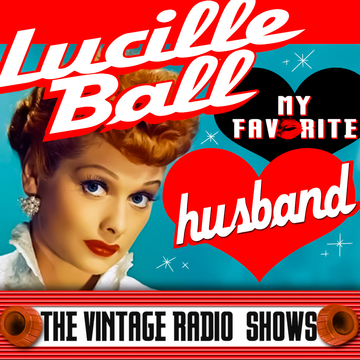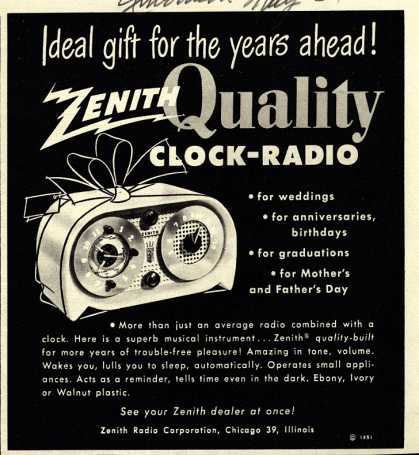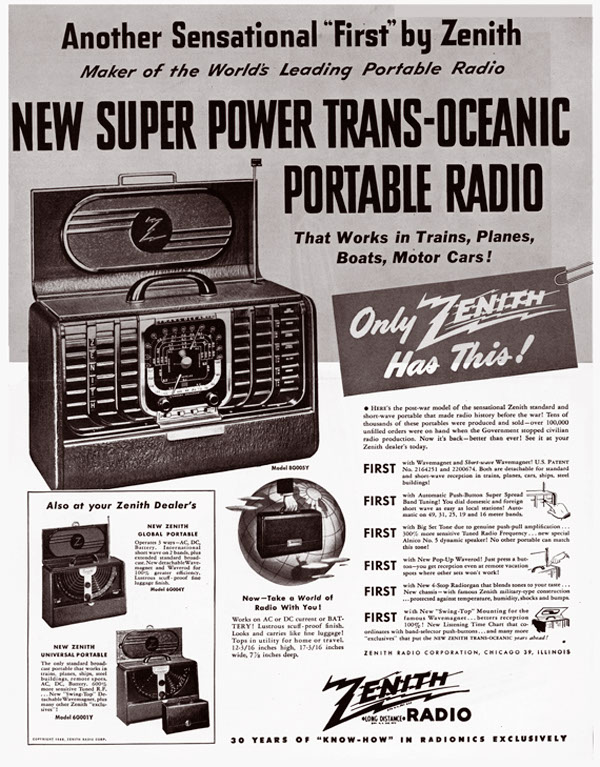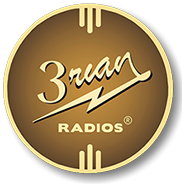Comedy
Here you will find hundreds of old time radio programs to stream for free!
Click the "dot" next to each program titles date to begin streaming!
This collection of otr radio programs is constantly growing. Check back frequently for updates!
Abbott and Costello
,An American comedy duo whose work in radio, film and television made them the most popular comedy team during the 1940s and 50s. Thanks to the endurance of their most popular and influential routine, "Who's on First?"—whose rapid-fire word play and comprehension confusion set the preponderant framework for most of their best-known routines
The Abbott and Costello Show mixed comedy with musical interludes (by vocalists such as Connie Haines, Ashley Eustis, the Delta Rhythm Boys, Skinnay Ennis, and the Les Baxter Singers). Regulars and semi-regulars on the show included Artie Auerbach ("Mr. Kitzel"), Elvia Allman, Iris Adrian, Mel Blanc, Wally Brown, Sharon Douglas, Verna Felton, Sidney Fields, Frank Nelson, Martha Wentworth, and Benay Venuta. Ken Niles was the show's longtime announcer, doubling as an exasperated foil to
Abbott and Costello's mishaps (and often fuming in character as Costello routinely insulted his on-air wife). Niles was succeeded by Michael Roy, with announcing chores also handled over the years by Frank Bingman and Jim Doyle. The show went through several orchestras during its radio life, including those of Ennis, Charles Hoff, Matty Matlock, Matty Malneck, Jack Meakin, Will Osborne, Fred Rich, Leith Stevens, and Peter van Steeden. The show's writers included Howard Harris, Hal Fimberg, Parke Levy, Don Prindle, Eddie Cherkose (later known as Eddie Maxwell), Leonard B. Stern, Martin Ragaway, Paul Conlan, and Eddie Forman, as well as producer Martin Gosch. Sound effects were handled primarily by Floyd Caton.
1950
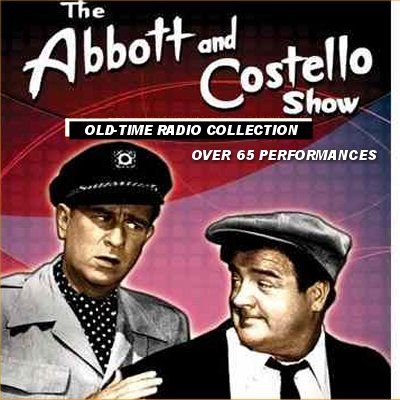
The Mel Blanc Show
Melvin Jerome "Mel" Blanc was an American voice actor and comedian. Although he began his nearly six-decade-long career performing in radio commercials, Blanc is best remembered for his work with Warner Bros. during the so-called "Golden Age of American animation" (and later for Hanna-Barbera television productions) as the voice of such well-known characters as Bugs Bunny, Daffy Duck, Porky Pig, Sylvester the Cat, Tweety Bird, Foghorn Leghorn, Yosemite Sam, Wile E. Coyote, Woody Woodpecker, Barney Rubble, Mr. Spacely, Speed Buggy, Captain Caveman, Heathcliff, and hundreds of others. Having earned the nickname “The Man of a Thousand Voices,”
Blanc is regarded as one of the most influential people in the voice-acting industry.
Blanc’s success on The Jack Benny Program led to his own radio show on the CBS Radio Network, The Mel Blanc Show, which ran from September 3, 1946, to June 24, 1947. Blanc played himself as the hapless owner of a fix-it shop, as well as his young cousin Zookie (who sounded quite a bit like Porky Pig). Many episodes required Mel to impersonate an exotic foreigner or other stranger in town, ostensibly for carrying out a minor deception on his girlfriend's father, but of course simply as a vehicle for him to show off his talents.
1947-1947
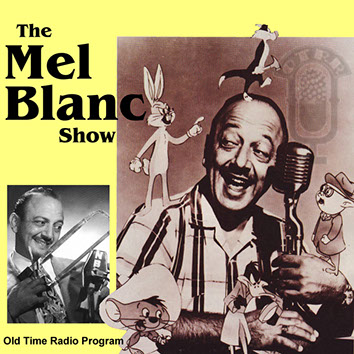
The Jack Benny Show
Jack Benny, born Benjamin Kubelsky, was an American comedian, vaudevillian, radio, television, and film actor.
Widely recognized as one of the leading American entertainers of the 20th century, Benny played the role of the comic penny-pinching miser, insisting on remaining 39 years old on stage despite his actual age, and often (although an accomplished violinist) playing the violin - poorly!
Benny was known for his comic timing and ability to get laughs with either a pregnant pause or a single expression, such as his signature wave of the hand with an exasperated "Well!"
His radio & television programs, tremendously popular from the 1930s to the 1960s, were a foundational influence on the situation comedy genre. Dean Martin, on the celebrity roast for Johnny Carson in November 1973, introduced Benny as "the Satchel Paige of the world of comedy."
PROGRAM HISTORY:
Benny had been only a minor vaudeville performer, but he became a national figure with The Jack Benny Program, a weekly radio show which ran from 1932 to 1948 on NBC and from 1949 to 1955 on CBS. It was consistently among the most highly rated programs during most of that run.
1932-1955
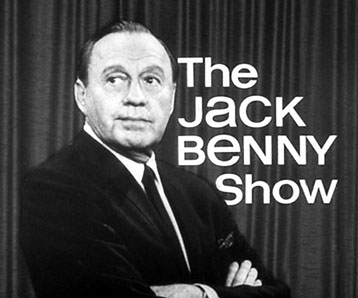
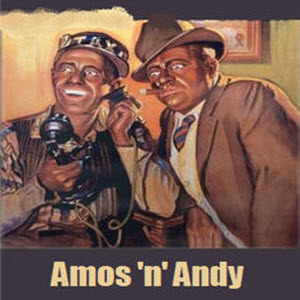
Amos 'n' Andy
Amos ‘n’ Andy was the story of two black characters—the modest, pragmatic Amos and the blustery, self-confident Andy—created by two white actors, Freeman Gosden and Charles Correll. The characters first aired as Sam ‘n Henry on Chicago’s WGN in 1926. In 1928, the duo went to rival station WMAQ as Amos ‘n’ Andy.
By 1931, Amos ‘n’ Andy had become a national phenomenon, a comedic serial with nearly 40 million listeners. Movie theaters were forced to stop their features each night to pipe in the 15-minute show for their audience. Although Amos ‘n’ Andy’s dialect humor caused much controversy among African-Americans, the show’s appeal during its prime was not restricted to any single race.
From 1943 to 1955, Amos ‘n’ Andy was a weekly situation comedy. The duo hosted The Amos ‘n’ Andy Music Hall from 1954 until their final broadcast on November 25, 1960.
Charles Correll died on September 26, 1972. Freeman Gosden died on December 10, 1982.
Amos ‘n’ Andy was inducted into the Radio Hall of Fame in 1988.
1928-1944
1944-1955
Bob Hope
Bob Hope conquered the radio medium at nearly the same time as he found success in motion pictures. Hope was featured regularly in several radio series throughout the 1930s. His success in the film The Big Broadcast of 1938 brought him to The Pepsodent Show radio series, which aired for over ten years as a top-rated program.
The Pepsodent Show enjoyed enormous success for many reasons. Hope, by 1938 a veteran entertainer, had established a very popular persona: brash, yet not too serious about himself, and a comic wiseacre who endeared himself to his audience by taking them into his confidence.
The format of the Pepsodent Show was straightforward: a monolog by Hope, exchanges and skits with his regular cast and guest stars, and a concluding skit. The manic comic character of his Pepsodent sidekick, Jerry Colonna, was also a popular attraction on the show, but it was Bob Hope's opening monolog which rooted each week's installment.
1938-1944
1948-1950
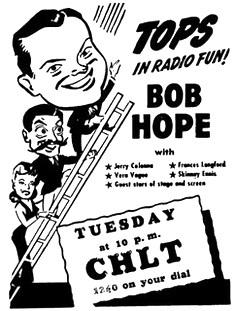
Our Miss Brooks
Our Miss Brooks was a hit on radio from the outset; within eight months of its launch as a regular series, the show landed several honors, including four for Eve Arden, who won polls in four individual publications of the time. Arden had actually been the third choice to play the title role. Harry Ackerman, at the time CBS's West Coast director of programming, wanted Shirley Booth for the part, but as he told historian Gerald Nachman many years later, he realized Booth was too focused on the underpaid downside of public school teaching at the time to have fun with the role.
Lucille Ball was believed to be the next choice, but she was already committed to My Favorite Husband and didn't audition. Then CBS chairman Bill Paley, who was friendly with Arden, persuaded her to audition for the part. With a slightly rewritten audition script---Osgood Conklin, for example, was originally written as a school board president but was now written as the incoming new Madison principal---Arden agreed to give the newly-revamped show a try.[2]
Produced by Larry Berns and written by director Al Lewis, Our Miss Brooks premiered on CBS July 19, 1948. According to radio critic John Crosby, her lines were very "feline" in dialogue scenes with principal Conklin and would-be boyfriend Boynton, with sharp, witty comebacks. The interplay between the cast---blustery Conklin, nebbishy Denton, accommodating Harriet, absentminded Mrs. Davis, clueless Boynton, scheming Miss Enright---also received positive reviews.
1948-1957
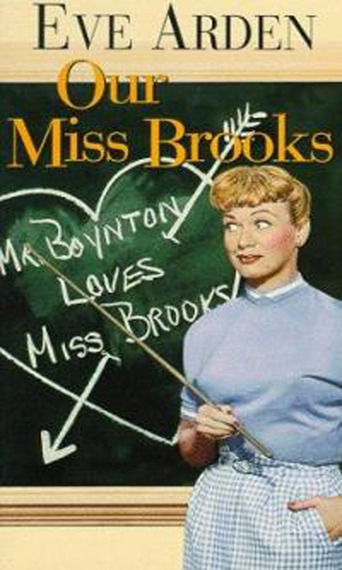
My Favorite Husband
My Favorite Husband is the name of an American radio program. The original radio show, co-starring Lucille Ball, was the initial basis for what evolved into the groundbreaking TV sitcom I Love Lucy. The series was based on the 1940 novel Mr. and Mrs. Cugat, written by Isabel Scott Rorick
My Favorite Husband began on CBS Radio with Lucille Ball and Richard Denning as Liz and George Cugat. After a few early episodes, confusion with bandleader Xavier Cugat prompted a name change to Liz and George Cooper. The cheerful couple lived at 321 Bundy Drive in the fictitious city of Sheridan Falls and were billed as "two people who live together and like it."
The main sponsor was General Foods' Jell-O, and an average of three "plugs" for Jell-O were made in each episode, including Lucille Ball's usual sign-on, "Jell-O, everybody!" The 1948 radio version opened with:
Bob LeMond: It's time for My Favorite Husband starring Lucille Ball!
Lucille Ball: Jell-O, everybody!
1948-1957
